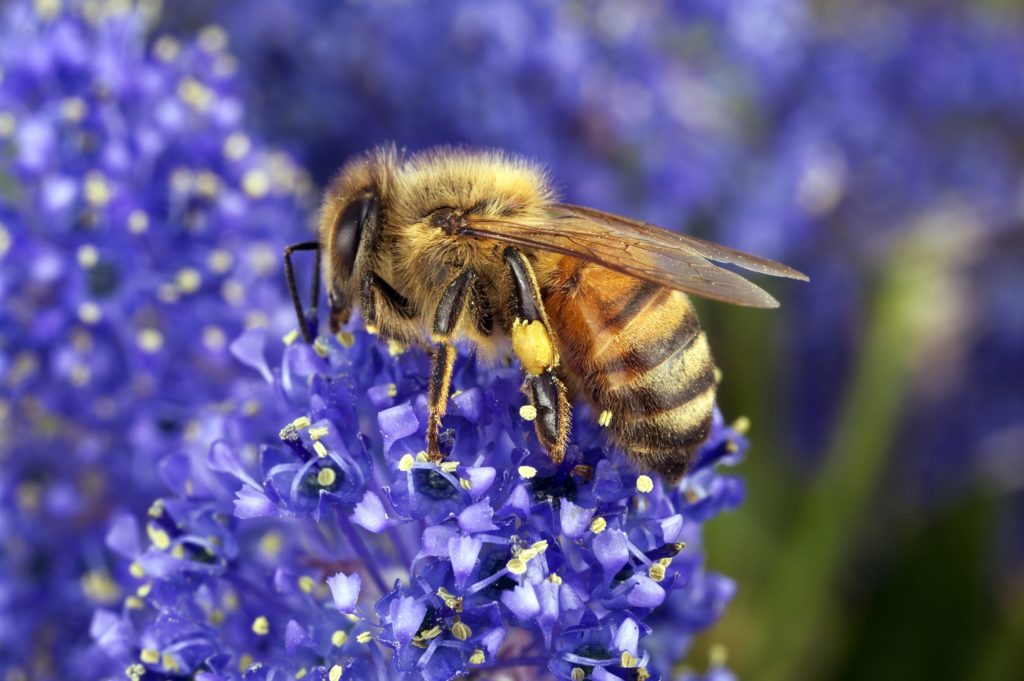Providing for bees in forest regeneration projects
Restoring pollinator populations should be prioritised for long-term effectiveness in forest restoration programmes According to the World Bank, 1.3 million km2 of forest was lost to human activities between 1990 and 2016, and deforestation rates have been increasing. With the threat of massive biodiversity losses and mounting evidence of the importance of forests in combatting climate change, efforts…
The palm oil debate continues
Nowadays palm oil has become ubiquitous as an ingredient across our supermarket shelves, from peanut butter to crackers it is in almost everything. It is also found in nearly half of all household products in developed countries. However, this is a relatively recent trend and given that the demand has increased so quickly, you…
Forestry and farming can deliver food security, says new report
A report published earlier this week by the United Nations Food and Agriculture Organisation (FAO) suggests that improving co-operation between the forestry and agricultural sectors could help to improve food security as well as reducing deforestation, highlighting the successful efforts of Chile, Costa Rica, Georgia, Ghana, Vietnam, Tunisia and the Gambia. According to the FAO,…
Ambitious landscape restoration target may be within reach
In September 2011, at a high-level meeting of world leaders, the Bonn Challenge was launched, with an ambitious goal to restore 150 million hectares of the world’s degraded and deforested land by 2020. This target was recently supplemented by the New York Declaration on Forests, which added an further 200 million hectares to be restored…
Using lasers to map forest carbon
Forests cover approximately 4 billion hectares of the Earth's surface, equivalent to a third of it's total land area. According to the WWF, between 12-15 million hectares of forests are lost every year due to human impacts, such as deforestation. It is estimated that forest loss is responsible for around 15% of global carbon emissions.…
Changing attitudes to wood
Wood has many different uses, including shelter, fuel and paper to write on, as well as having a key role in maintaining a healthy planet. More recently however, the development of engineered wood for use in the construction of tall buildings has led to a new generation of ‘ply-scrapers’. So is our attitude to wood…
REDD and forest carbon – finding a path through the trees
Reducing emissions from deforestation and forest degradation (REDD) is a key concept in trying to tackle climate change. The core idea is that a way can be found to fund the avoidance of deforestation and forest degradation, thus reducing carbon emissions. But will it work? Rainforest, Santa Elena, Costa Rica Dirk van der Mad Frances Seymour,…



